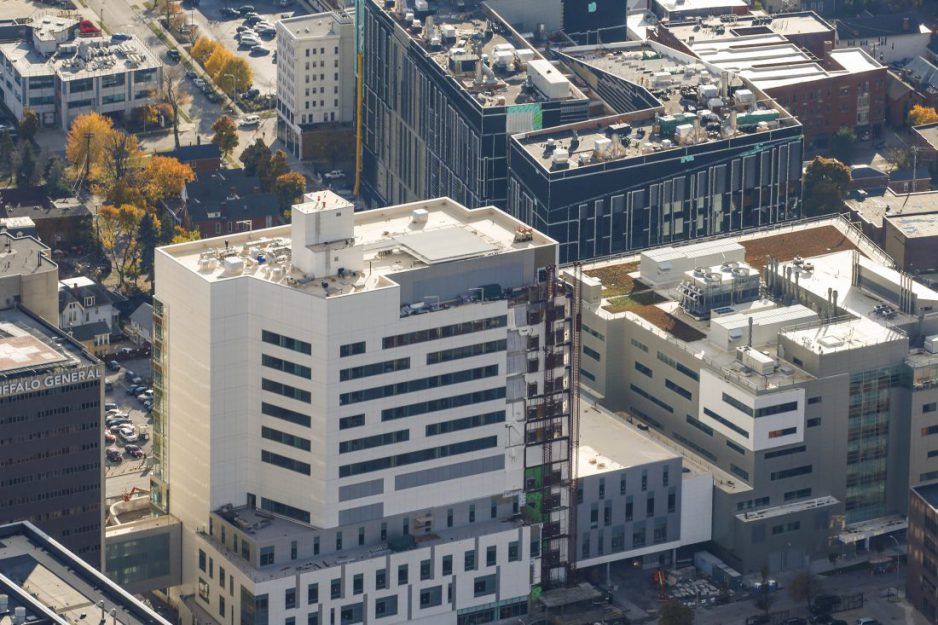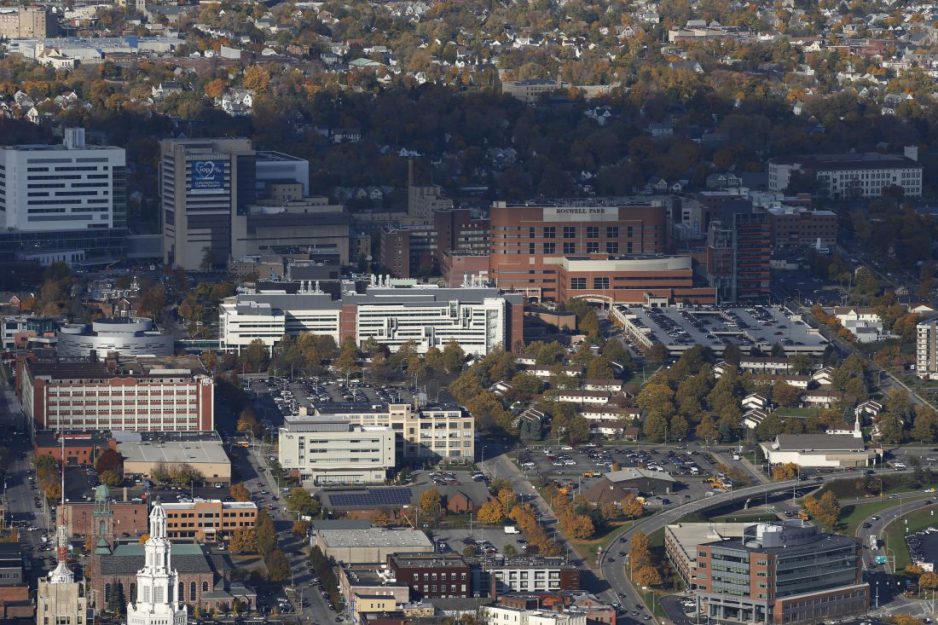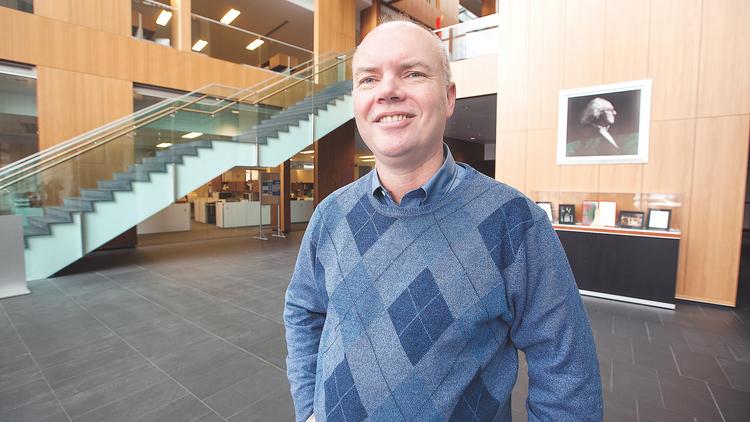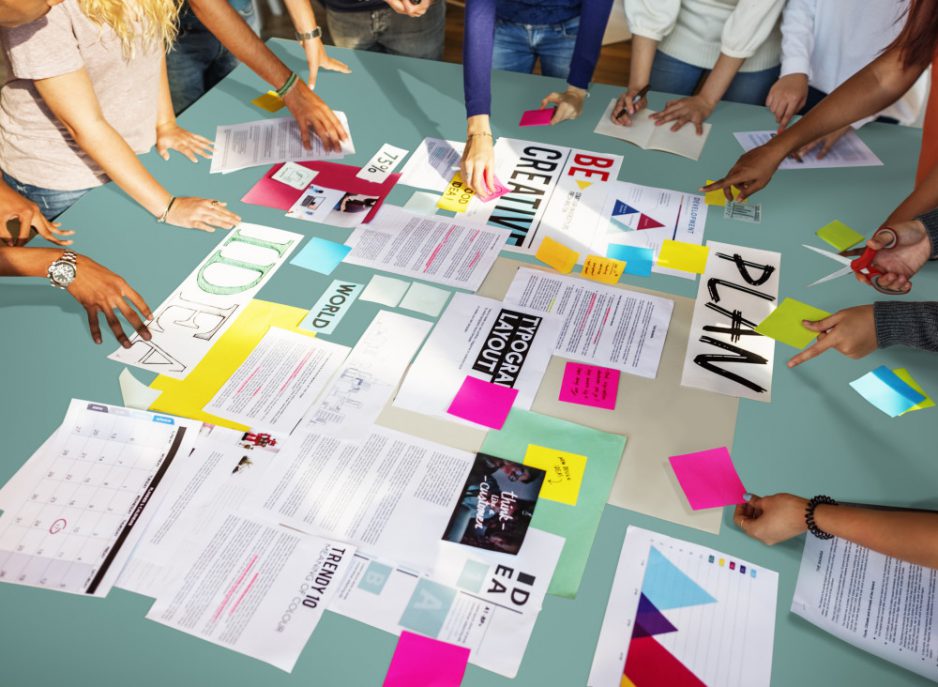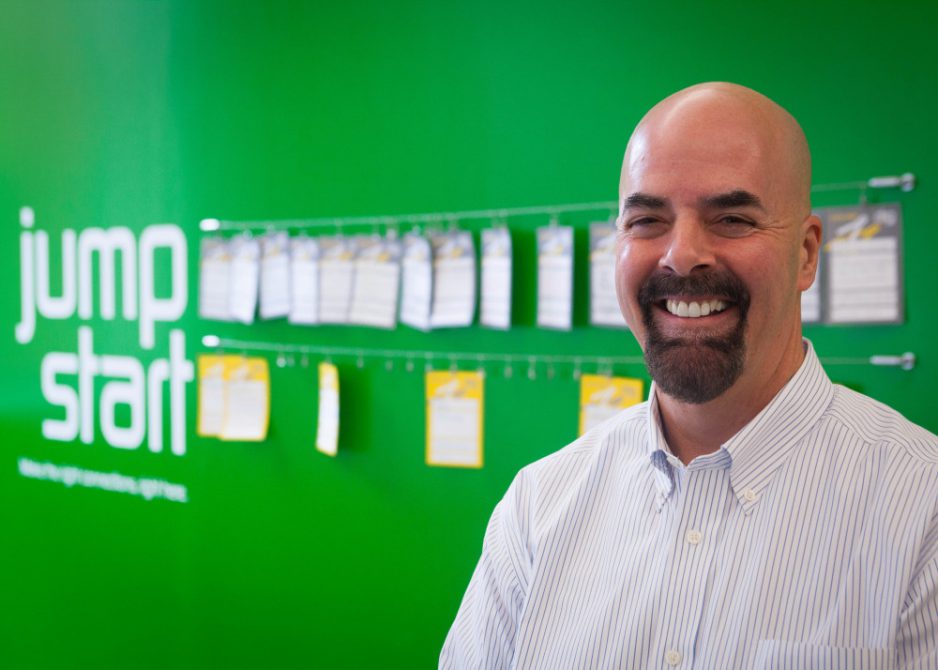A Conversation with Vic Nole
Vic Nole joined the Buffalo Niagara Medical Campus, Inc. (BNMC) in early 2014 as Director of Business Development, heading up the non-profit organization’s focus on building Buffalo’s entrepreneurial ecosystem. Vic is a life sciences industry executive with more than 20 years of operations, business management, and entrepreneurial experience. Prior to the BNMC, he managed a private consulting firm that focused on helping life science researchers and inventors to bring their products and technologies to market. He also served as President of Invitrogen Corporation’s GIBCO cell culture products division, Vice President of Manufacturing Operations for Strategic Diagnostics, Inc., Vice President of Site Operations for Life Technologies Inc., and as General Manager and Chief Operating Officer for United Biochemicals.
As a former researcher, entrepreneur, and life science business executive, what attracted you to working at the BNMC?
While at Invitrogen, my focus was to develop a business model for our cell biology business that became very successful and during that time I became involved with BUFFLink, a group of local business leaders that was trying to catalyze the life sciences work being done here as an economic driver for the region. It was really ahead of its time, but it afforded me the opportunity to learn about a lot of cool research that was going on at UB and Roswell Park Cancer Institute. At that time, there was no formal mechanism for creating new companies based on local research. Most of the intellectual property generated by research being done here was licensed and then left the area. I saw a lot of opportunity in changing that, especially as the Medical Campus began to grow. Years later, while running my consulting business, I had a number of connections to some of the work being done on Campus in life sciences and my interest grew. The actual connection to BNMC came when I attended a social networking event, Beakers and Beer, and started a conversation about creating and attracting new life science companies to Buffalo with Pat Whalen, BNMC’s COO at the time. Joining the team was a perfect fit for me and my background and it gave me the opportunity to stay in Buffalo and contribute to the region.
How do you see the role of the BNMC in the region’s entrepreneurial community?
The Innovation Center has really become the epicenter of entrepreneurial activity on the Medical Campus and in the region. With a full offering of workspace, business services, mentoring, networking and the assets of the overall Campus, it offers resources for those that are starting with just an idea, to companies that are already in the marketplace and growing.
My role, and that of the BNMC, is to provide support for young companies throughout the design, launch, and growth process, so my work can be all over the board depending on where in the development pipeline a young company needs help. We get involved in everything from helping companies develop their business model, to teaching the commercialization process, to connecting them to the resources and service providers they may need to run their business.
Our role is a little different than most incubators in that we don’t take a fee or an equity stake in companies that we work with. Our mission is to create jobs and to actively participate in Buffalo’s revitalization, so we see creating, building and attracting businesses to the area as the most important things that we do.
How do you typically work with a start up company?
We always start with a conversation. Many times, starts-up will come to us looking for connections to the VC community believing that what they need is money. We take the wp-contentroach of asking a lot of questions to determine what they really need at that specific point in their evolution, and often times it is something very different than what they originally thought. Other times people will ask for help with a business plan, when figuring out what their product or business model actually is can be a more important first step. We like to teach them the commercialization process so they know what they are in for, help them to vet their value proposition for market viability, and then get them connected to the right resources to accelerate their growth.
What changes have you seen since you began working with BNMC nearly three years ago?
One of my biggest concerns when I started was the willingness of those working in the local entrepreneurial space to collaborate. Ten years ago things were very parochial with people working in silos and protecting their turf. Around the time I joined the BNMC, however, there were also a number of others in the life sciences community who were starting in new business development roles and I think we all had the sense that talking to each other, working together and leveraging our connections was going to make everyone more successful. The community is far more collaborative then it has ever been and there is a lot of willingness to guide start-ups to other incubators or resources if they can be better served. You can see these connections on display at various networking events around town. Everyone seems to be working for the greater good – building a better Buffalo!
The other really important change has been that we have some very real successes to point to. There is a big difference between talking about what you want to do and actually demonstrating that success. Five years ago there was no functioning eco-system to speak of. Today, there are nearly 120 companies that have a presence here on the medical campus so there is a lot of talent, skills and other resources that can be leveraged to attract new companies.
What type of company could really benefit by working with the Medical Campus?
It really starts with the assets we have on Campus. Any start-up in the area of life sciences would be well served given the world-class research, clinical resources, and our focus on bioengineering, bioinformatics, genomics and similar fields that can be found here. It is an ideal setting for companies focused on healthcare, therapeutics, diagnostics, and medical devices. We also have a growing core of technology companies that are supported by other incubator programs here at the Innovation Center like 43North and Z80 Labs.
We don’t limit our work to life science and tech companies, however, as we frequently work with businesses of all types. We especially like to help social innovators and entrepreneurs who live in our adjacent neighborhoods because these groups are working to improve and enrich our surrounding community. And we are proud of our role as connectors and facilitators, shepherding people and companies to those resources in the community that can be most helpful in ensuring their business success.
What’s next – how do you see the next few years in terms of entrepreneurial growth?
I believe we are poised for exponential growth now that we have demonstrated success. It is tough to sell a concept but we now have tangible assets – growing companies, life science expertise, physical space and a networked community dedicated to getting companies on their feet and growing. We also have proximity to Toronto and we are in great position to offer Canadian companies a gateway to the U.S. market. One of the other really exciting and encouraging developments is that young people want to be here and they tend to be entrepreneurial. Our challenge now is keeping our home grown talent here in town, attracting new talent from outside of Buffalo, and then connecting those young people to exciting new business opportunities.

